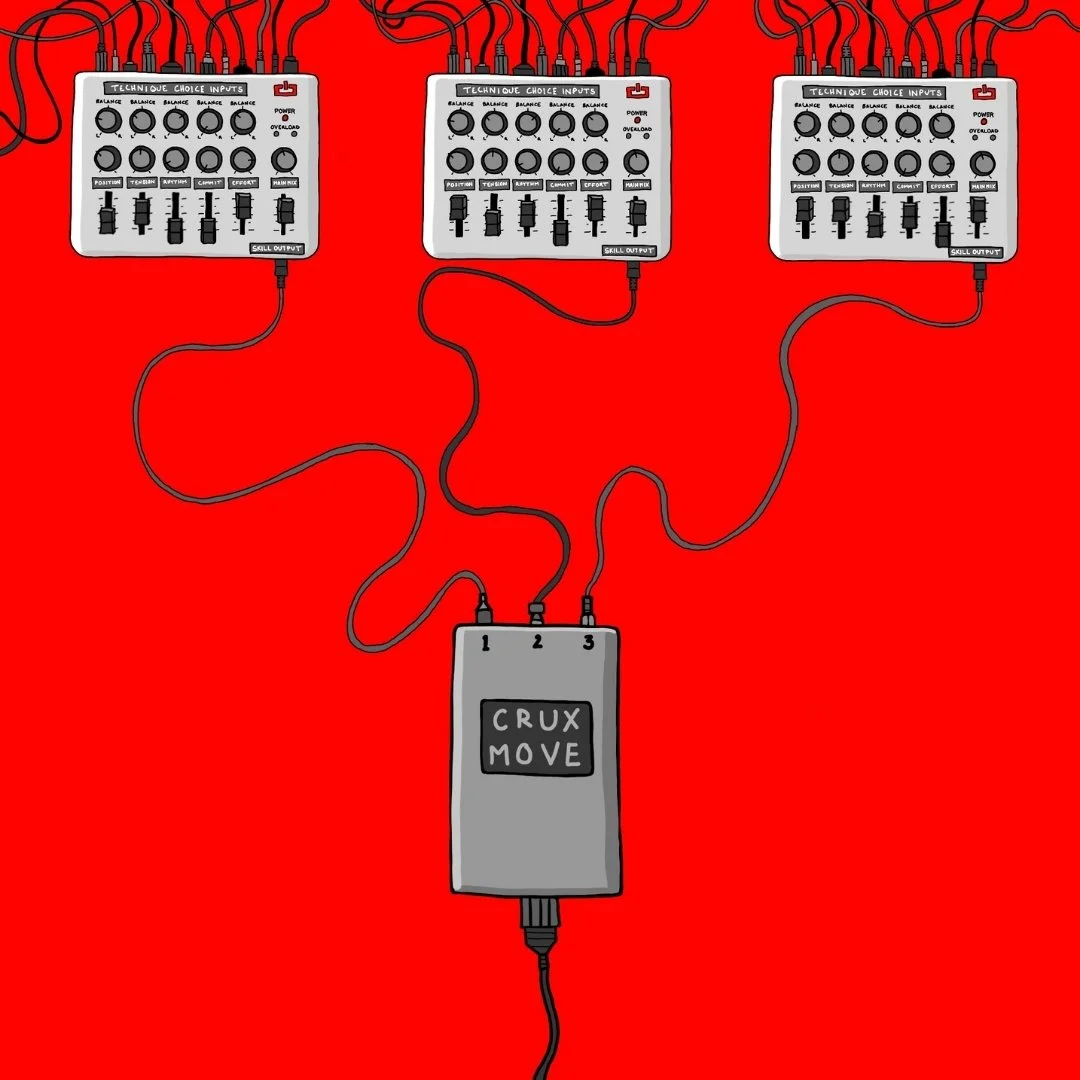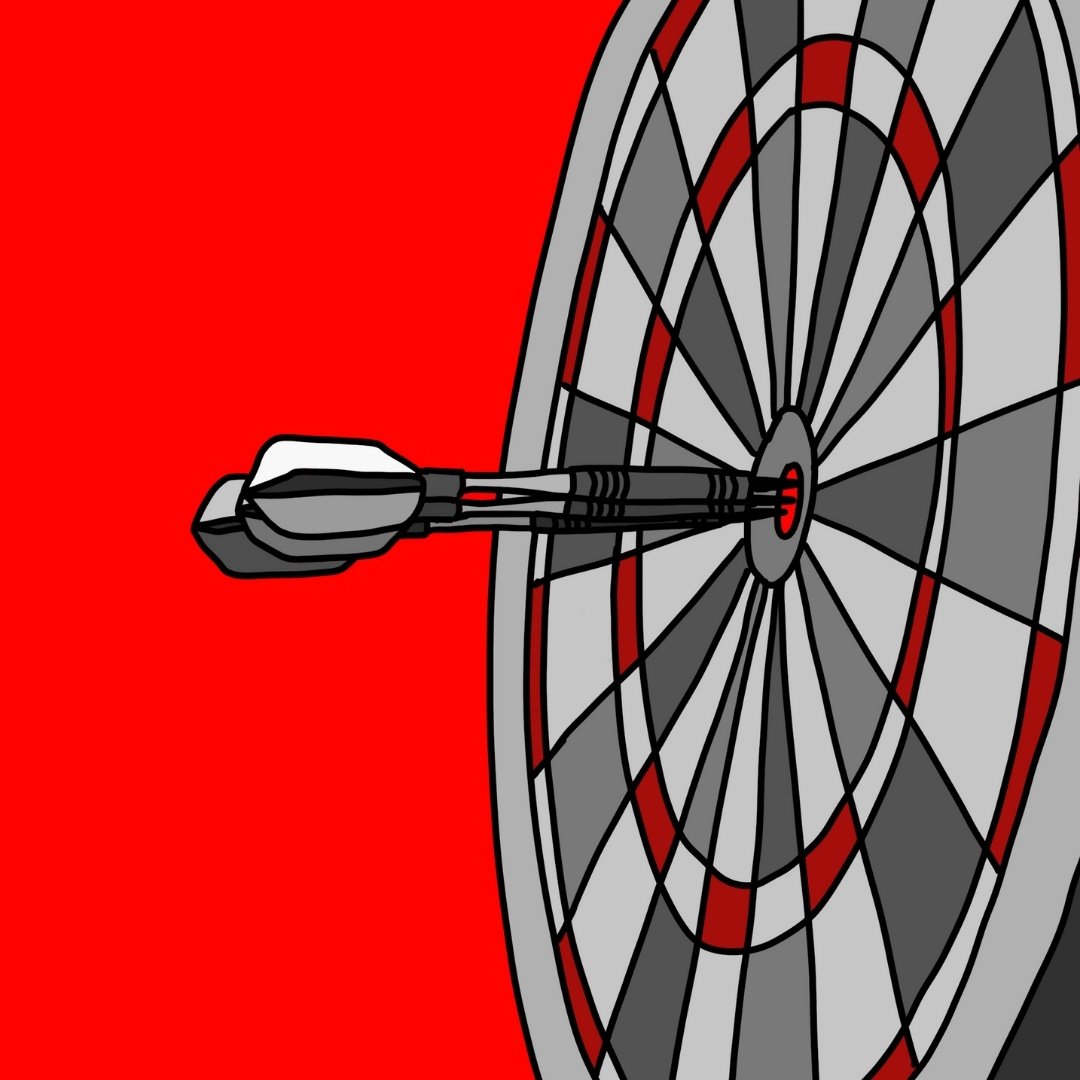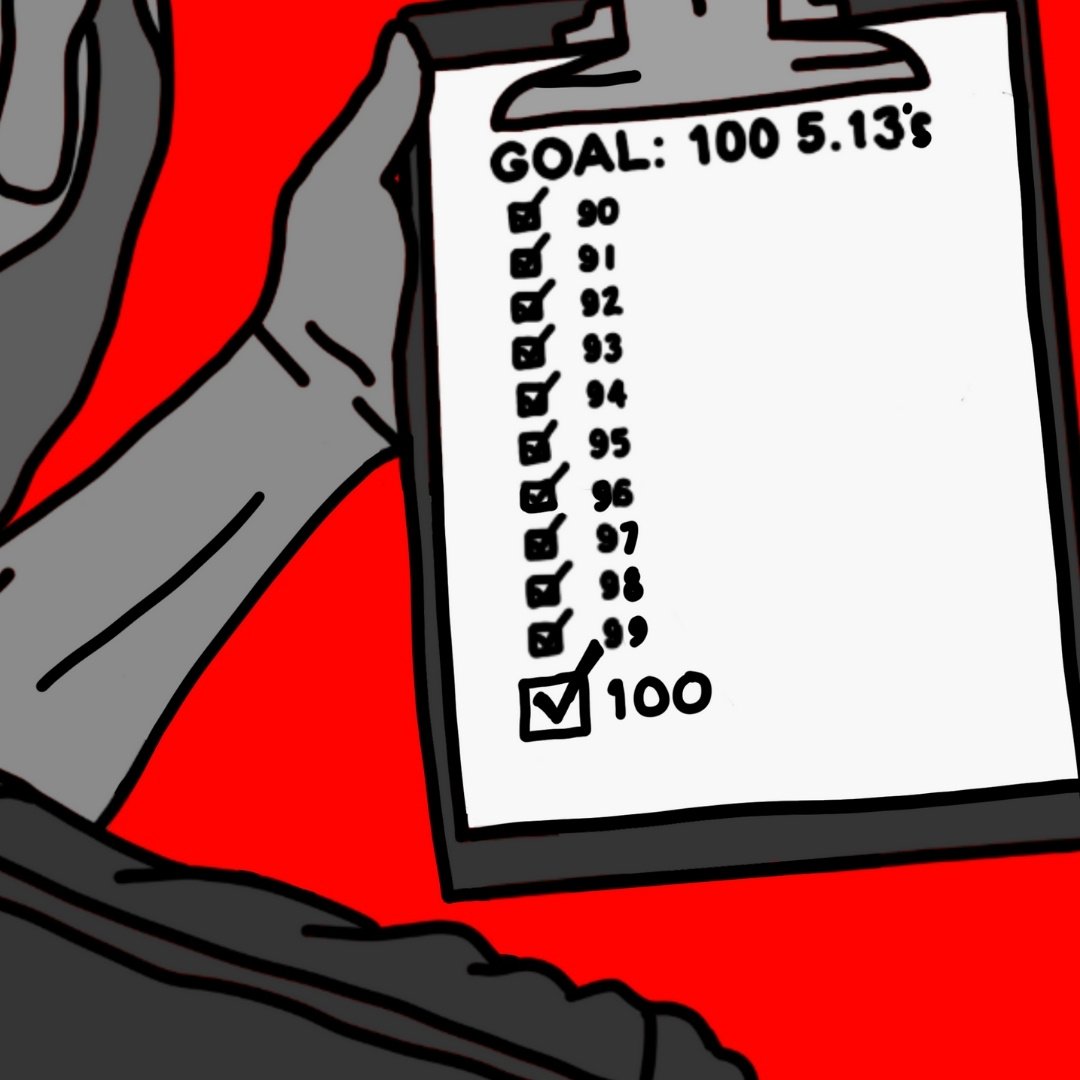What Type of Climbing Movement Do You Value?
“Do you even like climbing?”
Last week I was on the Rock Fight podcast, where I’ve appeared a handful of times to discuss climbing industry things and throw a few rocks of my own, and the host, Colin, asked me that question, wondering if I was maybe trading improvement for the joy of why I started climbing in the first place.
And really, the answer is that I don’t like it.
I love it.
I started climbing because the challenge hooked me. It wasn’t the simple act of climbing up a wall that brought me joy. It was the puzzle solving and challenging myself to pull together the physical and mental fortitude to complete something difficult. And then, the ability to do that again, to no end. There was no winning, only continued challenge.
And in those early days, I was scrappy. I could go to battle with a climb and fight for every inch that didn’t readily give itself up. But as I trained and practiced and improved and got smoother, I started hearing stories. I once heard a powerful young climber named James Pruden say, “I want to climb smooth like Kris.”
But rather than think, “I want to climb powerful like James,” I thought, “Damn right, you do.”
And I missed an opportunity.
I tried a techy 13b the other day that is my absolute anti-style. On day one, it took my lunch money. It was cold, my feet were slipping everywhere, my movement felt foreign, and I just felt scared a lot of the time. However, I went into that old, scrappy mode for a final big link that at first seemed absolutely impossible. I battled.
So I’m happy to report that I’m getting older, but I’m not getting stale just yet.
(EDIT: I sent a couple of sessions later, and after squeaking unexpectedly through the start of the crux, I had to go right back into pure battle mode. I know it wasn’t pretty, but it felt great.)
In the past month, I’ve talked to a lot of people who are passionate about and think deeply about movement. I’ve also talked to people who have tightly held beliefs that are attached to the stories they’ve been told about movement, or that they’ve told themselves. Specifically, that there is a ‘best’ way. That we have to be smooth and controlled or it just doesn’t look good. Or we have to be powerful at all times. Or that getting pumped and fighting for the send, feet slipping, is somehow invalid. And usually, they’ve spent their entire career trying to make that “best” way their style.
These stories might be our biggest barrier to learning to move better.
We often think better is EXCLUSIVE. That it strips away all of the sloppiness, all of the inefficiency, and that better means smoother and more in control. That it not only follows some biomechanical rule but also looks good. Poetry in motion. But that just isn’t true.
Instead, better is actually INCLUSIVE. It’s additive. It’s being able to adapt to whatever situation you’re presented with, using whatever solution works best for you in that moment, and sometimes control and smoothness and poetry aren’t the answer.
I recently put out an episode of Written in Stone about Akira, a controversial route from the 1990s that Seb Bouin recently did the first repeat of. The first ascensionist, Fred Rouhling, had a style that was ahead of his time – it looks more like today’s comp climbers. He put up the first three 14ds in France in that style, at a time when nearly everything was lightly overhanging and technical, and cutting feet was only reserved for the first move of Action Directe. Two of his 14ds weren’t repeated until Seb came along, partially because it took modern gyms, Chris Sharma films, a decade of board climbing, and World Cup comps for us to value the style they required.
Sometimes I lament the fact that movement styles have become a little more homogenous. I’ve talked about this idea with Eric Jerome and Max Zolothukin as well as with Will Anglin, and I suspect it has to do with more access to video and shared beta and gyms and travel for climbing. And while I do love watching the uniqueness of a Fred Nicole or Francois Legrand or Chris Sharma, I also believe that climbing is progressing at the astonishing rate it is because so many top climbers are able to synthesize each other’s styles in order to do more hard things. We no longer have to watch the same film 100 times before the once-a-year VHS or DVD hits the shelves. Open Instagram, YouTube, and probably TikTok, (I have no idea if this is true) and we can see our favorite climbers doing new climbs and interesting moves nearly every day.
While styles may be getting more homogenous, the top climbers DO express their own individuality through their movement. We get to watch Adam Ondra’s speed and often seemingly careless style, Jonathan Siegrist’s lock it down controlled style, and Tomoa and Janja’s total mastery of flight – one smiling, one brooding – and WE GET TO DO THAT.
Well, we get to do our best to emulate it. Most of us can’t actually climb like Tomoa or Janja. And I mostly brood.
The best climbers though, can emulate those other athletes. They can access just about any style at any moment. Because they value what every style can offer them. And they have to. They only have a few options at V17 or 5.15d. To some degree, they have to adapt to the style of the climbs that other top pros are doing in order to stay on top. Sure, with their own flair and often with new solutions, but they are adapting nonetheless.
This is one reason why the top climbers seem to continue improving even though it seems they should have less room for improvement, and we, who have all the room in the world, get stuck. In a recent conversation with Jonathan Siegrist, we get into how kneebars can change grades, how Jonathan isn’t a fan of climbing with knees, but how also, the hardest climbs in the world are now going up with knees by kneebar technicians. Guess what Jonathan says he’ll likely be doing more of in the future?
The best climbers continue to seek out challenges. New constraints that are going to force new solutions. We, the climbers who will never be on top but have dedicated our lives to this, most often look for what we know how to do and can do quickly.
We avoid climbs that require a skill that we undervalue. A missed opportunity.
CONNECTING THE DOTS
We’re only three weeks into our movement exploration, but there are already some dots that need connected. If you listened to the Rob Gray episodes, then you learned about constraints. Whether you are a coach or simply a climber who wants to improve your movement skill, then constraints are a powerful tool. The great thing is that climbing comes pre-loaded with constraints - we just need to choose intentionally.
One way we can do this, to stick with the values theme, is to get a little uncomfortable and try something where the difficulty is not necessarily in the holds or reaches but in some other factor that could benefit your climbing in interesting ways. We call these type of constraints desirable difficulties, even though if we’re looking for the climbs that meet our definition of “proud”, we might see the difficulty as undesirable. But if we think in terms of learning, something that isn’t proud like a lowball, dirt burglar roof might just be the best thing for you. I made a video that discusses the constraints inherent to lowball roof boulders and how it led to the invention of a new move - the Figure Six.
It’s these moments - exploration that leads to some unique movement solution - that I find the most joy in. When we lead with a technique, we might be discouraging the exploration of new solutions. I wrote more in depth about this just a few days ago in a blog post titled Why ‘Technique’ May Not Be the Answer to Better Climbing. Even though I understand the ubiquity of using the term ‘technique’ as a catch all for movement, skill, specific solutions, efficiency and more, I don’t have to like it. And part of loving something is being willing to criticize it.
We lead with exploration rather than technique simply because we want to be more adaptable. We often deride people, when indoors, for subverting the “intended beta” by grabbing a giant gym foothold. But when outdoors or in a competition, there’s a logical extension of this that we just call finding better beta. Because a foothold is only a foothold until someone grabs it. Then it’s just a hold.
In the most recent Taped Tips episode that came out just yesterday, this idea of exploring different beta for the sake of adaptability takes center stage. Next time you see someone skipping the big move by grabbing a foothold, don’t knock it. Like they say, you should try it too. It’s an opportunity. Don’t skip the opportunities.
If you’re reading this, you’re probably someone who enjoys thinking deeply about how we can improve as climbers. If you also enjoy brainstorming and discourse, I’d love your feedback. If you have a lightbulb moment or a big question that hasn’t been answered, just reply to this email. Or Instagram, or Patreon, or wherever. Just send it.
That's how we all get better. Together.
Kris
Related Things to Stay Current:
Check out our Movement Practice Resource Page.
Subscribe to the podcast on your favorite pod player.
If you’re a coach, our Coaching for Mastery course is a good start for our upcoming deep dive into movement learning.
An ongoing Spotify playlist with all of our past movement focused episodes.
Subscribe to THE CURRENT to get these monthly thoughts in your inbox.




















